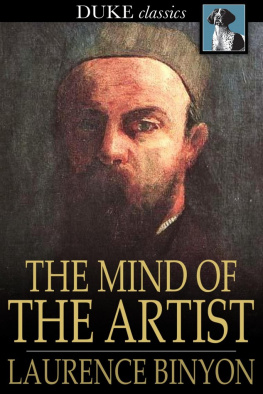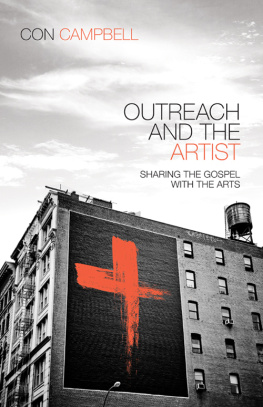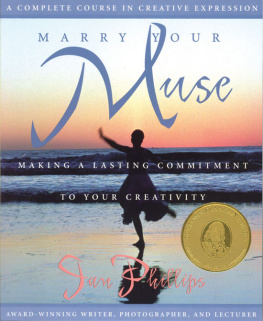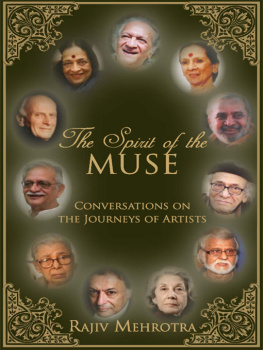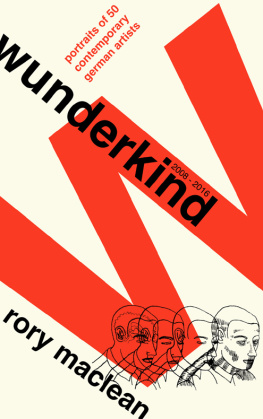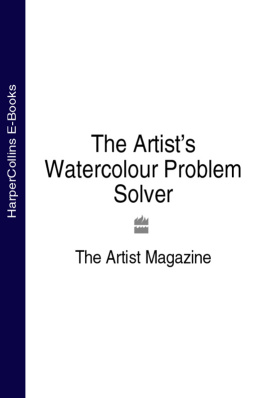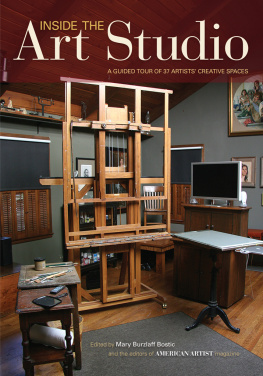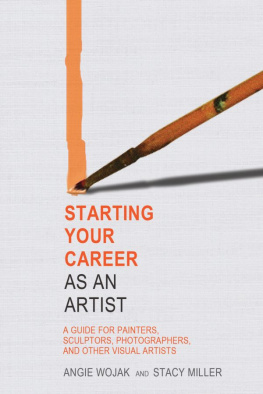THE MIND OF THE ARTIST
THOUGHTS AND SAYINGS OF PAINTERS AND SCULPTORS ON THEIR ART
* * *
Edited by
LAURENCE BINYON
Contributions by
GEORGE CLAUSEN
*
The Mind of the Artist
Thoughts and Sayings of Painters and Sculptors on Their Art
First published in 1909
ISBN 978-1-62012-480-2
Duke Classics
2012 Duke Classics and its licensors. All rights reserved.
While every effort has been used to ensure the accuracy and reliability of the information contained in this edition, Duke Classics does not assume liability or responsibility for any errors or omissions in this book. Duke Classics does not accept responsibility for loss suffered as a result of reliance upon the accuracy or currency of information contained in this book.
Contents
*
Preface
*
It is always interesting and profitable to get the views of workmen ontheir work, and on the principles which guide them in it; and inbringing together these sayings of artists Mrs. Binyon has done a veryuseful thing. A great number of opinions are presented, which, in theirpoints of agreement and disagreement, bring before us in the mostcharming way the wide range of the artist's thought, and enable us torealise that the work of the great ones is not founded on vague capriceor so-called inspiration, but on sure intuitions which lead to definiteknowledge; not merely the necessary knowledge of the craftsman, whichmany have possessed whose work has failed to hold the attention of theworld, but also a knowledge of nature's laws.
"The Mind of the Artist" speaks for itself, and really requires no wordof introduction. These opinions as a whole, seem to me to have a harmonyand consistency, and to announce clearly that the directing impulse mustbe a desire for expression, that art is a language, and that the thingto be said is of more importance than the manner of saying it. Thisdesire for expression is the driving-force of the artist; it informs,controls, and animates his method of working; it governs the hand andeye. That figures should give the impression of life and spontaneity,that the sun should shine, trees move in the wind, and nature be feltand represented as a living thingthis is the firm ground in art; andin those who have this feeling every effort will, consciously orunconsciously, lead towards its realisation. It should be thestarting-point of the student. It does not absolve him from the need oftaking the utmost pains, from making the most searching study of hismodel; rather it impels him, in the examination of whatever he feelscalled on to represent, to look for the vital and necessary things: andthe artist will carry his work to the utmost degree of completionpossible to him, in the desire to get at the heart of his theme.
"Truth to nature," like a wide mantle, shelters us all, and covers notonly the outward aspect of things, but their inner meanings and theemotions felt through them, differently by each individual. And theinevitable differences of point of view, which one encounters in thisbook, are but small matters compared with the agreement one finds onessential things; I may instance particularly the stress laid on theobservation of nature. Whether the artist chooses to depict the present,the past, or to express an abstract ideal, he must, if his work is tolive, found it on his own experience of nature. But he must at everystep also refer to the past. He must find the road that the great oneshave made, remembering that the problems they solved were the same thathe has before him, and that now, no less than in Drer's time, "art ishidden in nature: it is for the artist to drag her forth."
GEORGE CLAUSEN.
Note
*
This little volume, it need hardly be said, does not aim at beingcomplete, in the sense of representing all the artists who have writtenon art. It is hoped, however, that the sayings chosen will be foundfairly representative of what painters and sculptors, typical of theirrace and time, have said about the various aspects of their work. Inmaking the collection, I have had recourse less to famous comprehensivetreatises and expositions of theory like those of Leonardo and ofReynolds, than to the more intimate avowals and working notes containedin letters and diaries, or recorded in memoirs. The selection of thesehas entailed considerable research; and in tracing what was often by nomeans easy to find, I wish to acknowledge the kind assistance,especially, of M. Raphael Petrucci, M. Louis Dimier, and Mr. TancredBorenius. I have also to thank Lady Burne-Jones, Miss Birnie Philip,Mrs. Watts, Mrs. C. W. Furse, Mr. W. M. Rossetti, Mr. J. G. Millais, Mr.Samuel Calvert, and Mr. Sydney Cockerell, for permission to makequotations from Burne-Jones, Whistler, Watts, Furse, D. G. Rossetti,Madox Brown, Millais, Edward Calvert, and William Morris; also SirMartin Conway, Sir Charles Holroyd, Mrs. Herringham, Mr. E. McCurdy,and Mr. Everard Meynell, for allowing me to use their translations fromDrer, Francisco d'Ollanda (conversations with Michael Angelo), CenninoCennini, Leonardo, and Corot, respectively.
Thankful acknowledgment is also made to the authors of any otherquotations whose names may inadvertently have been omitted.
Above all, I thank my husband for his advice and help.
C. M. B.
The Mind of the Artist
*
I
An able painter by his power of penetration into the mysteries of hisart is usually an able critic.
Alfred Stevens.
II
Art, like love, excludes all competition, and absorbs the man.
Fuseli.
III
A good painter has two chief objects to paint, namely, man, and theintention of his soul. The first is easy, the second difficult, becausehe has to represent it through the attitudes and movements of the limbs.This should be learnt from the dumb, who do it better than any othersort of person.
Leonardo da Vinci.
IV
In my judgment that is the excellent and divine painting which is mostlike and best imitates any work of immortal God, whether a human figure,or a wild and strange animal, or a simple and easy fish, or a bird ofthe air, or any other creature. And this neither with gold nor silvernor with very fine tints, but drawn only with a pen or a pencil, or witha brush in black and white. To imitate perfectly each of these things inits species seems to me to be nothing else but to desire to imitate thework of immortal God. And yet that thing will be the most noble andperfect in the works of painting which in itself reproduced the thingwhich is most noble and of the greatest delicacy and knowledge.
Michael Angelo.
V
The art of painting is employed in the service of the Church, and by itthe sufferings of Christ and many other profitable examples are setforth. It preserveth also the likeness of men after their death. By aidof delineations the measurements of the earth, the waters, and the starsare better to be understood; and many things likewise become known untomen by them. The attainment of true, artistic, and lovely execution inpainting is hard to come unto; it needeth long time and a hand practisedto almost perfect freedom. Whosoever, therefore, falleth short of thiscannot attain a right understanding (in matters of painting) for itcometh alone by inspiration from above. The art of painting cannot betruly judged save by such as are themselves good painters; from othersverily is it hidden even as a strange tongue. It were a noble occupationfor ingenious youths without employment to exercise themselves in thisart.

